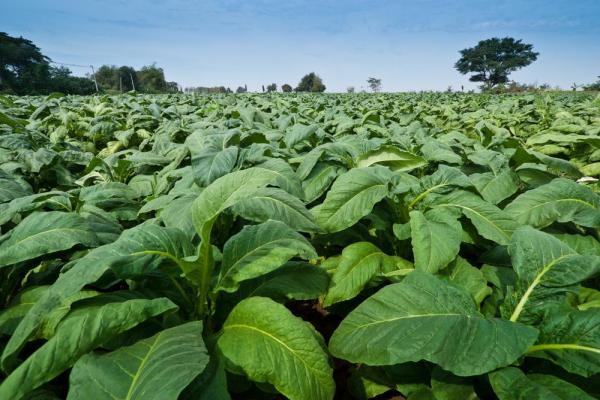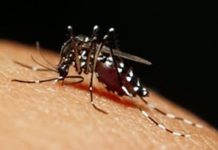
POTSDAM, Germany, June 14 (UPI) — Artemisinin is one of the most effective malaria drugs. To make it, producers must grow large amounts of an herb called Artemisia annua — colloquially, sweet wormwood.
Artemisinin is naturally synthesized by sweet wormwood, but in low yields. Researchers have found a way to boost artemisinin production, however, by designing tobacco to replicate the biochemical process that creates artemisinic acid, the molecule from which artemisinin is derived.
Researchers transplanted the genetic coding and signaling proteins responsible for wormwood’s artemisinic acid pathway into the chloroplast genome of a high-yield tobacco variety. This type of genetic modification produces what are known as transplastomic plants.
Malaria still kills more than 500,000 every year in the tropics.
“For the foreseeable future, artemisinin will be the most powerful weapon in the battle against malaria but, due to its extraction from low-yielding plants, it is currently too expensive to be widely accessible to patients in poorer countries,” Ralph Bock, a researcher with the Max Planck Institute of Molecular Plant Physiology, said in a news release.
“Producing artemisinic acid in a crop such as tobacco, which yields large amounts of leafy biomass, could provide a sustainable and inexpensive source of the drug, making it more readily available for those who need it most.”
After researchers manipulated the genome of the plant’s chloroplasts, the organelles responsible for photosynthesis, they introduced a variety of new genes from another tobacco variety to the genome of the transplastomic plant.
This secondary addition further bolstered the synthesis of artemisinic acid in the tobacco plant. The mechanisms of the increase aren’t yet understood.
Researchers dubbed to the entire genome modification process COSTREL, short for “combinatorial supertransformation of transplastomic recipient lines.”
The process, detailed in the journal eLife, promises more efficient production — and thus wider availability — of the vital drug.
“While the artemisinic acid pathway in A. annua is confined to the glandular hairs on the plant, leading to low yields of artemisinin, our COSTREL tobacco lines produce it in their chloroplasts and therefore the whole leaf,” explained lead study author Paulina Fuentes.
“We generated over 600 engineered tobacco plant lines that harbour different combinations of these additional genes, and analyzed them in terms of the amounts of artemisinic compounds they acquired.”
The leaves with the highest concentration of artemisinic arsenic were then harvested and converted into the drug artemisinin.





